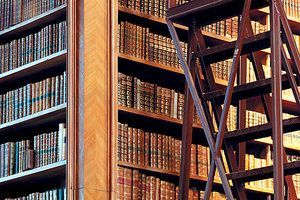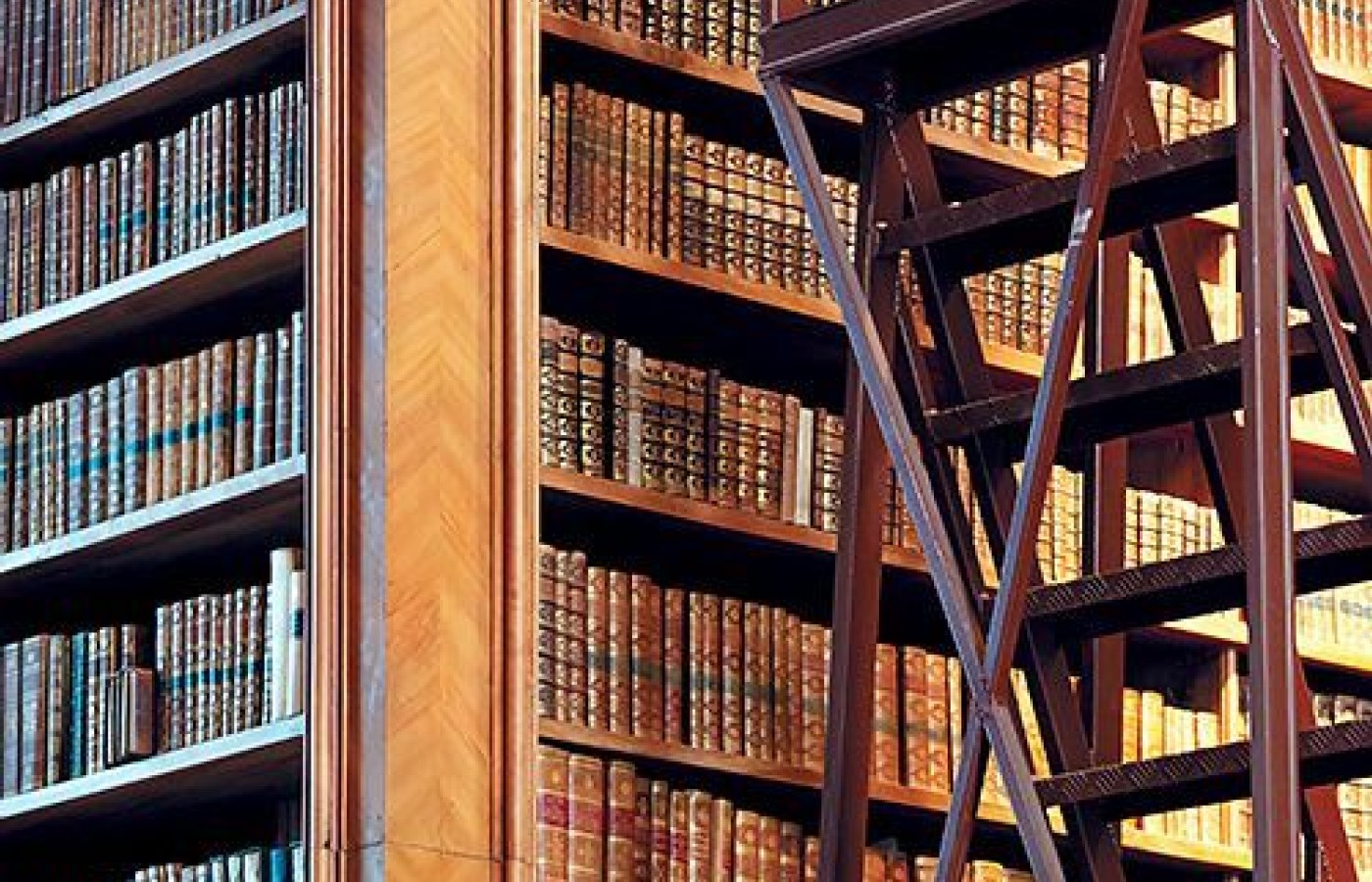Some doctors thrive in a personality-based clinic and have a loyal following no matter what services or equipment they offer, but for most chiropractic offices who are trying to grow and expand, new equipment purchases help us stay relevant and continue to service our client base in the best, most up-to-date manner possible. So, regarding equipment purchasing: should you lease, get a bank loan, or pay cash?
Looking Back: Abstracts From Chiropractic History
Running to Win for Chiropractic
By Douglas Brown, DC
Through personal interviews and correspondence, the author investigates the career of Dr. John De Finney. De Finney would distinguish himself during his academic career as editor of the Canadian Memorial Chiropractic College's (CMCC) The Forum, co-founding the CMCC College Shop, as well as coordinating the college's intramural sports program.
On the athletic field De Finney would excel in both track and cross-country. His interests in sports would spawn his involvement in the growing chiropractic sports medicine movement in Canada, resulting in his service to many athletic teams, the development of the Canadian Chiropractic Sports Academy (now the Royal College of Sports Sciences [Canada]).
De Finney would be called upon to serve his alma mater and would do so raising monies to improve the campus and facilities. In addition to these feats, he would help educate chiropractors in Canada by authoring articles and speaking at numerous continuing-education functions. Finally, De Finney's talents would be put to use serving his profession and the CMCC by his election to the college's Board of Governors.
Refections on the Birthdate of Chiropractic
By Steve Troyanovich, DC, et al.

The eighteenth of September 1895 is the date on which Daniel David Palmer is said to have performed the first chiropractic adjustment on Harvey Lillard, an African-American janitor working in the Ryan Building, which housed Dr. Palmer's magnetic healing practice in downtown Davenport, Iowa. The profession of chiropractic traditionally celebrates its establishment annually on 18 September and the Palmer College of Chiropractic, the first chiropractic educational institution, has designated this date as "Founder's Day."
Although 18 September 1895 is the date revered as the birthdate of the chiropractic profession, historians and others have questioned this date's accuracy. Solon Massey Langworthy, DO, DC, questioned the truthfulness of the 18 September 1895 birthdate as early as December 1904, suggesting that the originator of chiropractic proposed a 1 December 1895 founding. Later, Cyrus Lerner, a New York attorney, questioned the 18 September 1895 date, suggesting that Harvey Lillard himself indicated the event took place in January of 1896.
Three possible dates have now been proposed: 18 September 1895, 1 December 1895, and sometime in January 1896. The historical evidence is reviewed to shed light on this controversy surrounding the founding date of the chiropractic profession.
Chiropractic in Early 20th Century New Zealand
By Willem P.G. Van Gent, LLB, MA
Between 1910 and 1930, chiropractic in New Zealand grew with rapidity from the practice of a singular, self-trained practitioner to become a burgeoning medical heterodoxy with its own professional association. This article examines the early development of chiropractic in New Zealand, finding that it converted patients into practitioners, preferred not to "mix" with other healing modalities; was masculine as opposed to feminine; and boldly presented itself as "the science by which the cause of disease is removed by spinal adjustments."
After examining the lives and advertising of some of the first chiropractors to ply their trade in New Zealand, the article follows the formation and early activities of the New Zealand Chiropractors' Association (NZCA), providing insight into some of the early challenges facing the nascent profession from both within and without. It concludes with the 1930 visit of Bartlett Joshua (B.J.) Palmer to New Zealand, whose mixed reception among local chiropractors reflected their increasing independence from, and uneasy relationship with, the American origins of their discipline.
Hunting the Final Spouse of D.D. Palmer
By Robert L. Weiss
Performing original historical research can be a daunting task, much akin to detective work. This treatise is a summary of the known information regarding Mary Hudler, the fifth and final wife of D.D. Palmer, as well as a personal tale of the author's trials and tribulations in the hunt to discover facts regarding her life and death.
The quest began around the Quad Cities of Iowa and Illinois in libraries and places of public records, moved to the Internet, and worked its way back to the libraries and historical buildings of the Quad Cities. A year of searching through written documents, Internet sites, and genealogical resources yielded little usable information. An appreciation of the work of chiropractic historians and the determination that some of these "detectives" have shown in pursuing the subjects and events of their studies was, ultimately, the most important lesson learned from this exercise.
The above abstracts are reprinted with permission from Chiropractic History, the official journal of the Association for the History of Chiropractic. Chiropractic History is the leading scholarly journal of the chiropractic profession dedicated to the preservation and dissemination of the profession's credible history. It is indexed by the National Library of Medicine in Histline (History of Medicine online), the Cumulative Index to Nursing and Allied Health Literature (CINAHL) and the Manual Alternative and Natural Therapies Indexing System (MANTIS). Full-text articles are also available from EBSCO Publishing.



